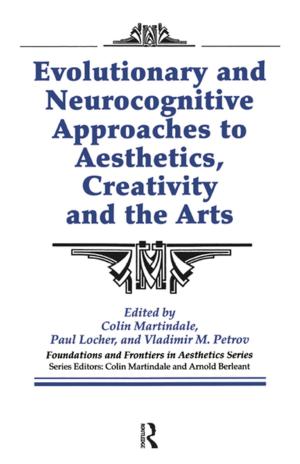| Author: | Mary L. Hanneman | ISBN: | 9781317878957 |
| Publisher: | Taylor and Francis | Publication: | November 14, 2013 |
| Imprint: | Routledge | Language: | English |
| Author: | Mary L. Hanneman |
| ISBN: | 9781317878957 |
| Publisher: | Taylor and Francis |
| Publication: | November 14, 2013 |
| Imprint: | Routledge |
| Language: | English |
By 1925 the process of Japan's transition to a modern industrialised, westernised state was pretty much complete. Not only had the imperial tradition been restored with the Meiji Restoration in 1868, but some forms of democratic parliamentary institutions had been set up. However, during the years that followed, the so-called imperial democracy came under pressure as the Japanese sought to impose tight control over not only their own people but their neighbours as well. This impressive survey looks at developments at home, Japan's aggressive foreign policy particularly in China during the 1930s and 1940s, and her role in the Second World War. Finally, the post-war reconstruction orchestrated by the Americans is examined. The cut-off point is 1952 - the date when Allied Occupation formally came to an end and Japan once again became independent.
By 1925 the process of Japan's transition to a modern industrialised, westernised state was pretty much complete. Not only had the imperial tradition been restored with the Meiji Restoration in 1868, but some forms of democratic parliamentary institutions had been set up. However, during the years that followed, the so-called imperial democracy came under pressure as the Japanese sought to impose tight control over not only their own people but their neighbours as well. This impressive survey looks at developments at home, Japan's aggressive foreign policy particularly in China during the 1930s and 1940s, and her role in the Second World War. Finally, the post-war reconstruction orchestrated by the Americans is examined. The cut-off point is 1952 - the date when Allied Occupation formally came to an end and Japan once again became independent.















